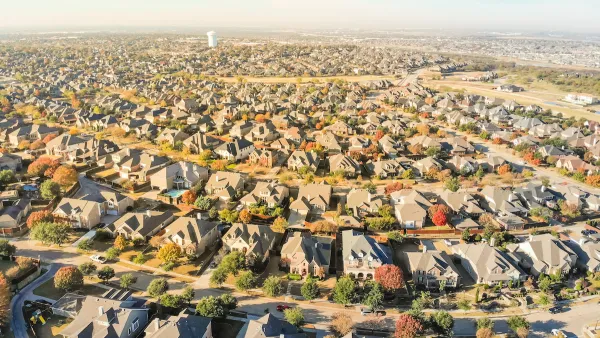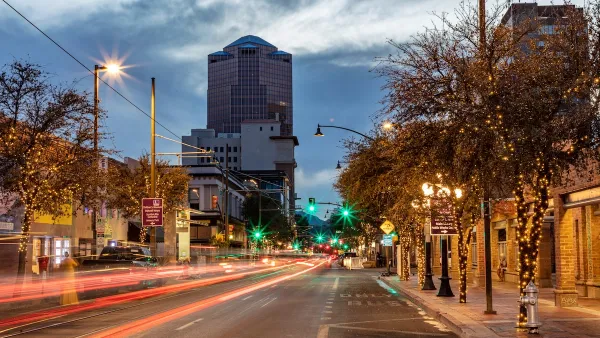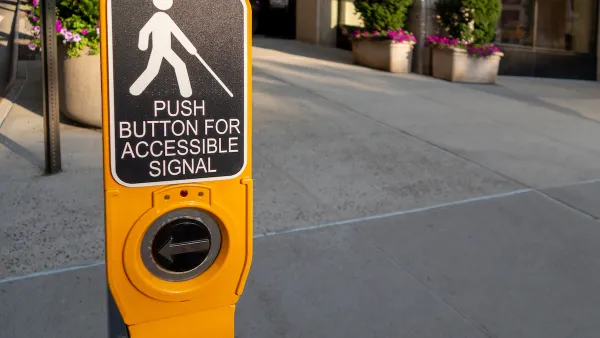A third or more of Americans cannot drive due to their age, ability, or other factors. How can their travel needs inform our transportation systems?

In an episode of The Brake podcast, Streetsblog staff interviews Anna Zivarts, author of When Driving is Not an Option: Steering Away From Car Dependency. Zivarts’ book outlines how paying attention to the needs of people who can’t or don’t drive — a population she says is likely undercounted in the United States — we can make transportation systems better for everyone.
I started really trying to figure out: how many other people are there out there who can't drive? How many people with disabilities? How many people who can't afford cars? If we talk about young folks, or folks who have their licenses suspended, and folks who are undocumented, and folks who are aging out of driving — how many of us are there?
Zivarts focuses on people who are non-drivers by necessity, meaning that they often may not have the ability, energy, or skills to use bikes or other ‘active’ transportation. “I think there's so much emphasis on efficiency in many of our systems; the piece that’s often overlooked [is] thinking about things from more of a disability perspective, and focusing instead in prioritizing inclusion [and] access.”
The book also urges the reader to assess the broader costs of car dependency. “At the end of the day, when we think about how much vehicles cost, the environmental costs, the climate costs, the public health costs of your air and noise pollution, the public health costs of crashes — these are all significant. Perhaps we'd all be better off if we start to think about transitioning away from car dependency?”
FULL STORY: What We Can Learn From the 30 Percent of Americans Who Can’t Drive

National Parks Layoffs Will Cause Communities to Lose Billions
Thousands of essential park workers were laid off this week, just before the busy spring break season.

Retro-silient?: America’s First “Eco-burb,” The Woodlands Turns 50
A master-planned community north of Houston offers lessons on green infrastructure and resilient design, but falls short of its founder’s lofty affordability and walkability goals.

Delivering for America Plan Will Downgrade Mail Service in at Least 49.5 Percent of Zip Codes
Republican and Democrat lawmakers criticize the plan for its disproportionate negative impact on rural communities.

Test News Post 1
This is a summary

Test News Headline 46
Test for the image on the front page.

Balancing Bombs and Butterflies: How the National Guard Protects a Rare Species
The National Guard at Fort Indiantown Gap uses GIS technology and land management strategies to balance military training with conservation efforts, ensuring the survival of the rare eastern regal fritillary butterfly.
Urban Design for Planners 1: Software Tools
This six-course series explores essential urban design concepts using open source software and equips planners with the tools they need to participate fully in the urban design process.
Planning for Universal Design
Learn the tools for implementing Universal Design in planning regulations.
EMC Planning Group, Inc.
Planetizen
Planetizen
Mpact (formerly Rail~Volution)
Great Falls Development Authority, Inc.
HUDs Office of Policy Development and Research
NYU Wagner Graduate School of Public Service





























